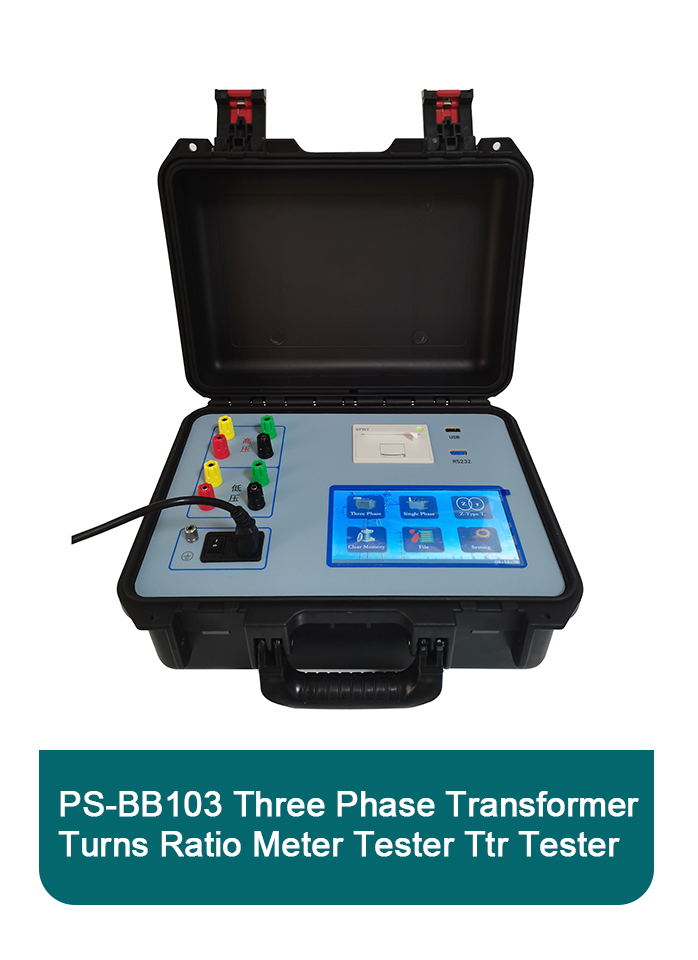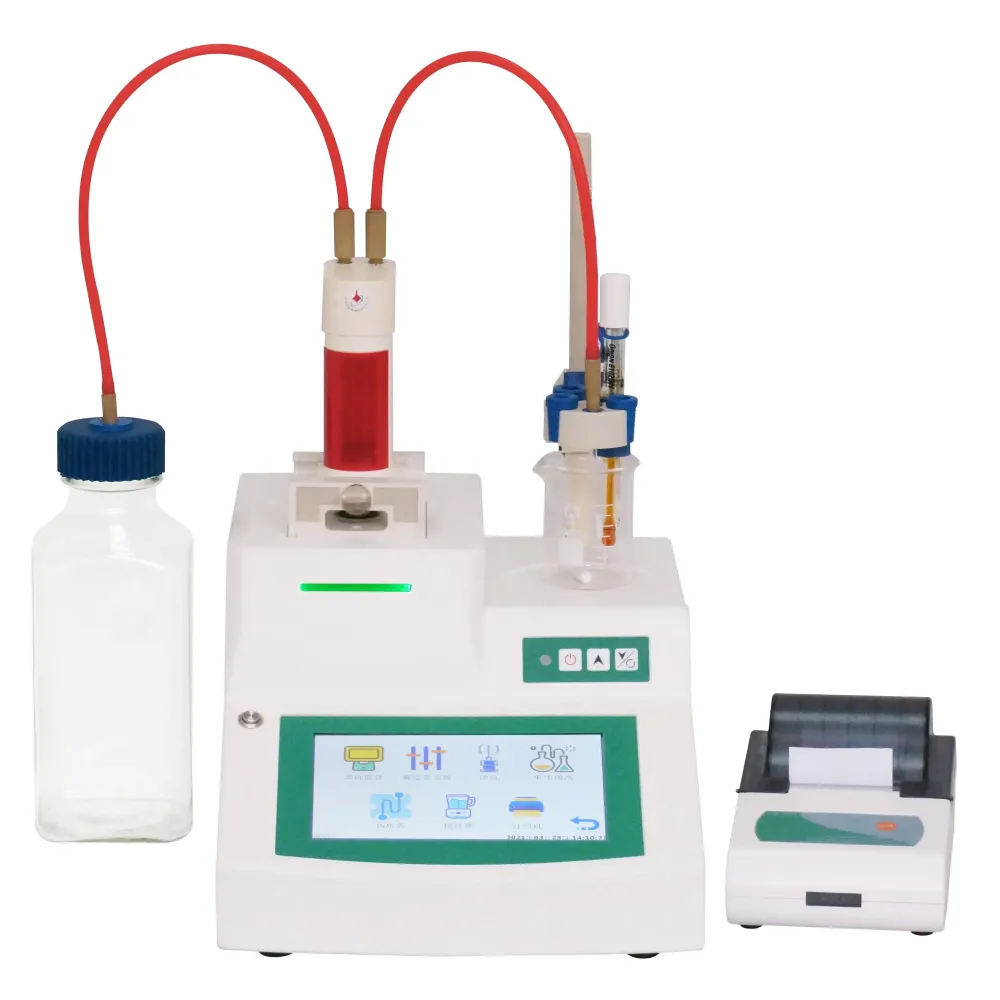 English
English



-
 Afrikaans
Afrikaans -
 Albanian
Albanian -
 Amharic
Amharic -
 Arabic
Arabic -
 Armenian
Armenian -
 Azerbaijani
Azerbaijani -
 Basque
Basque -
 Belarusian
Belarusian -
 Bengali
Bengali -
 Bosnian
Bosnian -
 Bulgarian
Bulgarian -
 Catalan
Catalan -
 Cebuano
Cebuano -
 China
China -
 China (Taiwan)
China (Taiwan) -
 Corsican
Corsican -
 Croatian
Croatian -
 Czech
Czech -
 Danish
Danish -
 Dutch
Dutch -
 English
English -
 Esperanto
Esperanto -
 Estonian
Estonian -
 Finnish
Finnish -
 French
French -
 Frisian
Frisian -
 Galician
Galician -
 Georgian
Georgian -
 German
German -
 Greek
Greek -
 Gujarati
Gujarati -
 Haitian Creole
Haitian Creole -
 hausa
hausa -
 hawaiian
hawaiian -
 Hebrew
Hebrew -
 Hindi
Hindi -
 Miao
Miao -
 Hungarian
Hungarian -
 Icelandic
Icelandic -
 igbo
igbo -
 Indonesian
Indonesian -
 irish
irish -
 Italian
Italian -
 Japanese
Japanese -
 Javanese
Javanese -
 Kannada
Kannada -
 kazakh
kazakh -
 Khmer
Khmer -
 Rwandese
Rwandese -
 Korean
Korean -
 Kurdish
Kurdish -
 Kyrgyz
Kyrgyz -
 Lao
Lao -
 Latin
Latin -
 Latvian
Latvian -
 Lithuanian
Lithuanian -
 Luxembourgish
Luxembourgish -
 Macedonian
Macedonian -
 Malgashi
Malgashi -
 Malay
Malay -
 Malayalam
Malayalam -
 Maltese
Maltese -
 Maori
Maori -
 Marathi
Marathi -
 Mongolian
Mongolian -
 Myanmar
Myanmar -
 Nepali
Nepali -
 Norwegian
Norwegian -
 Norwegian
Norwegian -
 Occitan
Occitan -
 Pashto
Pashto -
 Persian
Persian -
 Polish
Polish -
 Portuguese
Portuguese -
 Punjabi
Punjabi -
 Romanian
Romanian -
 Russian
Russian -
 Samoan
Samoan -
 Scottish Gaelic
Scottish Gaelic -
 Serbian
Serbian -
 Sesotho
Sesotho -
 Shona
Shona -
 Sindhi
Sindhi -
 Sinhala
Sinhala -
 Slovak
Slovak -
 Slovenian
Slovenian -
 Somali
Somali -
 Spanish
Spanish -
 Sundanese
Sundanese -
 Swahili
Swahili -
 Swedish
Swedish -
 Tagalog
Tagalog -
 Tajik
Tajik -
 Tamil
Tamil -
 Tatar
Tatar -
 Telugu
Telugu -
 Thai
Thai -
 Turkish
Turkish -
 Turkmen
Turkmen -
 Ukrainian
Ukrainian -
 Urdu
Urdu -
 Uighur
Uighur -
 Uzbek
Uzbek -
 Vietnamese
Vietnamese -
 Welsh
Welsh -
 Bantu
Bantu -
 Yiddish
Yiddish -
 Yoruba
Yoruba -
 Zulu
Zulu
power quality analysis
In the rapidly evolving world of industrial machinery and automotive engines, ensuring the seamless operation of equipment is paramount. At the heart of maintaining efficient machinery performance lies the science of oil analysis. The growing demand for oil analysis equipment exemplifies the industry's shift towards predictive maintenance—a strategy that not only prolongs machinery life but also enhances operational safety and efficiency.

Oil analysis equipment serves as the watchdog for machinery health. By examining the lubricants that flow through engines and industrial machines, these sophisticated tools provide insights into the equipment's internal conditions. With a presence in industries spanning from automotive to aerospace and marine, oil analysis equipment plays a crucial role in preventing costly downtimes and catastrophic failures.
The expertise embedded in modern oil analysis equipment can be traced back to advancements in technology and an enriched understanding of tribology—the study of friction, wear, and lubrication. State-of-the-art equipment today encompasses a range of analytical techniques such as spectroscopy, ferroscopy, and particle counting. Each method provides distinct insights, building a comprehensive picture of an engine's or machine's condition.

Spectroscopy, for instance, is invaluable in detecting trace elements, indicating wear and potential contamination early on. Ferroscopy offers a detailed view of ferrous particles, reflecting the level of wear occurring within the engine. Meanwhile, particle counting measures the quantity and size of particles, a clear indicator of oil cleanliness and overall system health. Collectively, these methods empower maintenance teams to make informed decisions, reducing the likelihood of unexpected breakdowns.
oil analysis equipment
The authoritativeness of oil analysis equipment is supported by its proven track record across various sectors. Leading manufacturers, backed by years of scientific research and innovation, produce these tools with precision. Brands like Spectro Scientific, Parker Hannifin, and Anton Paar have established themselves as pioneers in the field, known for reliability and accuracy. These companies continually push the envelope, integrating real-time data analysis, cloud connectivity, and AI-driven predictions into their newer models, thus reinforcing trust among their vast clientele.
Furthermore, the trustworthiness of oil analysis equipment extends beyond technological prowess. Many systems today come with robust customer support, extensive training modules, and an array of user testimonials that underline their effectiveness. This support is crucial, ensuring that users can fully leverage the equipment's capabilities and interpret the data accurately.
Real-world experiences underscore the value that industry players attach to these tools. From commercial fleet operators who have drastically cut operational costs by adhering to oil analysis recommendations, to power plants that have sidestepped major outages through early detection of oil quality degradation—success stories abound.
In conclusion, oil analysis equipment is not just a tool; it is an integral part of the modern industrial and automotive maintenance landscape. With its intricate blend of advanced technology and expert insights, it epitomizes the shift towards more knowledgeable, data-driven approaches in equipment maintenance. As industries continue to prioritize efficiency and safety, the role of oil analysis equipment will undoubtedly gain further prominence, solidifying its status as an indispensable asset in the maintenance toolkit.
-
Testing Equipment Industry Sees Major Advancements in 2025: Smart & Precision Technologies Lead the WayNewsJun.06,2025
-
Applications of Direct Current Generators in Renewable Energy SystemsNewsJun.05,2025
-
Hipot Tester Calibration and Accuracy GuidelinesNewsJun.05,2025
-
Digital Circuit Breaker Analyzer Features and BenefitsNewsJun.05,2025
-
Benefits of Real-Time Power Quality Monitoring Devices for Industrial EfficiencyNewsJun.05,2025
-
Earth Fault Loop Testing in High-Rise Building Electrical SystemsNewsJun.05,2025



